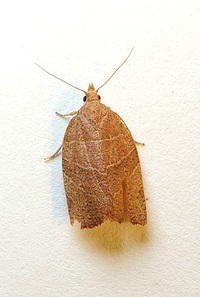
| Recorded by: Mark Basinger on 2025-10-02
Richmond Co.
Comment: | 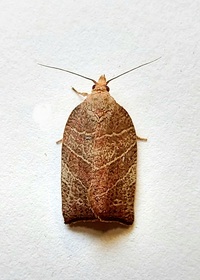
| Recorded by: Mark Basinger on 2025-09-18
Wilson Co.
Comment: |
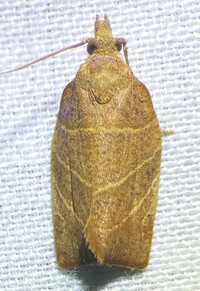
| Recorded by: Dean Furbish and Joy Wiggins on 2025-09-11
Wake Co.
Comment: | 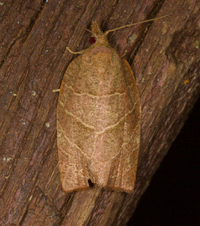
| Recorded by: Jim Petranka on 2025-09-10
Madison Co.
Comment: |
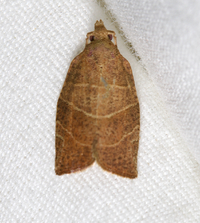
| Recorded by: Jim Petranka, Becky Elkin and Marilyn Westphal. on 2025-09-05
Henderson Co.
Comment: | 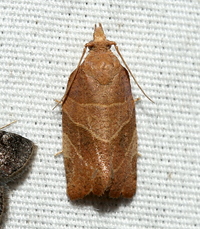
| Recorded by: David George, Jeff Niznik on 2025-05-24
Richmond Co.
Comment: |
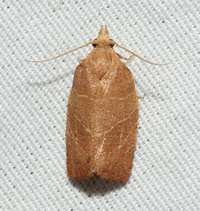
| Recorded by: David George on 2025-05-17
Durham Co.
Comment: | 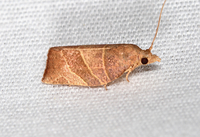
| Recorded by: Jim Petranka, John Petranka and Becky Elkin on 2025-05-08
Harnett Co.
Comment: |
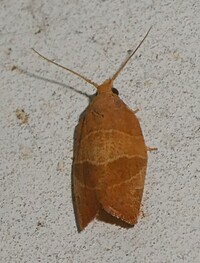
| Recorded by: Simpson Eason on 2025-05-07
Durham Co.
Comment: | 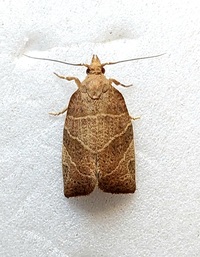
| Recorded by: Mark Basinger on 2025-04-30
Wilson Co.
Comment: |
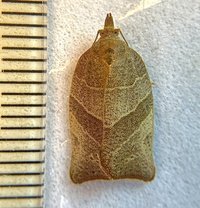
| Recorded by: Ken Kneidel on 2025-04-23
Mecklenburg Co.
Comment: Adult was reared from a caterpillar in a leaf roll of Quercus palustris (4/6/25). | 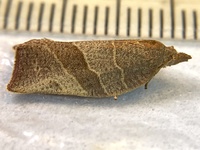
| Recorded by: Ken Kneidel on 2025-04-23
Mecklenburg Co.
Comment: Adult was reared from a caterpillar in a leaf roll of Quercus palustris (4/6/25). |
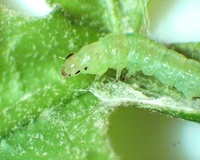
| Recorded by: Ken Kneidel on 2025-04-06
Mecklenburg Co.
Comment: A larva in an occupied leaf roll of Quercus palustris. | 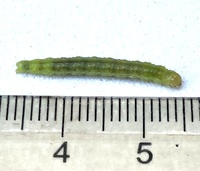
| Recorded by: Ken Kneidel on 2025-04-06
Mecklenburg Co.
Comment: A larva in an occupied leaf roll of Quercus palustris. |
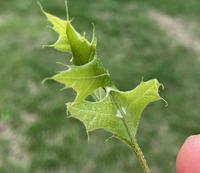
| Recorded by: Ken Kneidel on 2025-04-06
Mecklenburg Co.
Comment: An occupied leaf roll of Quercus palustris. Larva was moved indoors; pupa noticed on 4/16; adult emerged on 4/5/2025. | 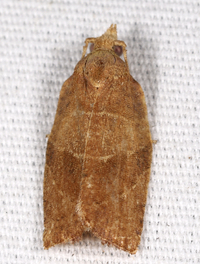
| Recorded by: John Petranka on 2024-09-28
Orange Co.
Comment: |
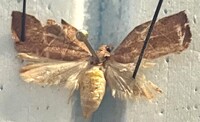
| Recorded by: Darryl Willis on 2024-09-23
Cabarrus Co.
Comment: | 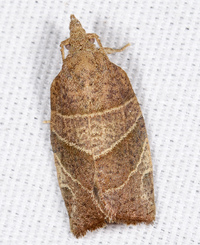
| Recorded by: John Petranka on 2024-09-22
Orange Co.
Comment: |
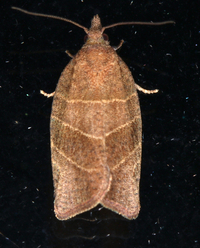
| Recorded by: Jim Petranka on 2024-09-17
Madison Co.
Comment: | 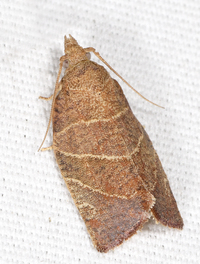
| Recorded by: John Petranka on 2024-09-14
Orange Co.
Comment: |
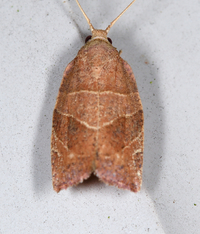
| Recorded by: Jim Petranka on 2024-09-08
Madison Co.
Comment: | 
| Recorded by: Jeff Niznik, David George on 2024-09-07
Alamance Co.
Comment: |
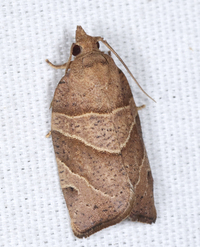
| Recorded by: John Petranka on 2024-09-06
Orange Co.
Comment: | 
| Recorded by: Emily Stanley on 2024-09-05
Buncombe Co.
Comment: |
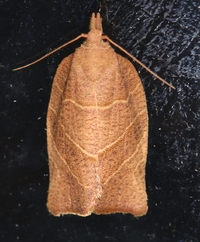
| Recorded by: Jim Petranka on 2024-09-02
Madison Co.
Comment: | 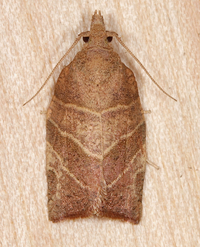
| Recorded by: Jim Petranka and Becky Elkin on 2024-08-27
Madison Co.
Comment: |
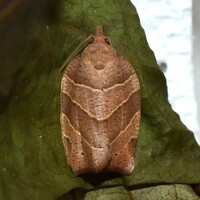
| Recorded by: Jeff Niznik, David George, Patrick Coin on 2024-08-26
Chatham Co.
Comment: A reared adult; larva in leaf fold on 2024-07-27; adult eclosed on 2024-08-26 (see companion photo of the larva). | 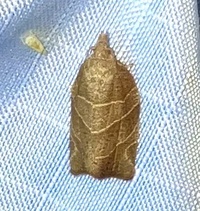
| Recorded by: Ken Kneidel on 2024-08-15
Yancey Co.
Comment: |
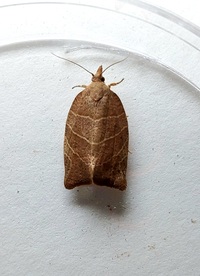
| Recorded by: Mark Basinger on 2024-08-03
Mitchell Co.
Comment: | 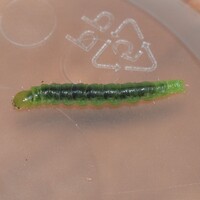
| Recorded by: Jeff Niznik, David George, Patrick Coin on 2024-07-27
Chatham Co.
Comment: A larva that fed on Pawpaw (Asimina triloba) within a leaf fold (see companion photo of the adult that eclosed on 2024-08-26). |
|

 »
»






















